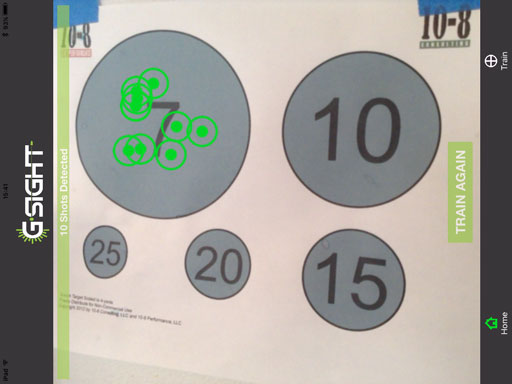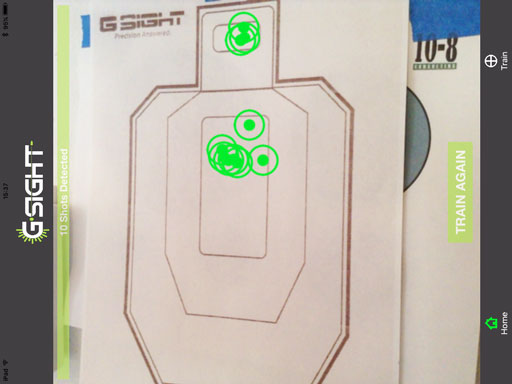My stories tend to go on and on. TLDR = How does a competent irons shooter make the transition? 
A few of my observations about the Leupold DeltaPoint Micro down at the bottom.
My uncorrected vision is terrible — like 20/200 x 20/400 with significant astigmatism. Corrected to 20/20 with a hard line bifocal. I can get a soft focus on target and sights, or hard target focus with a vague blur for sights. But I can’t focus on front sights without cocking my head way back to bring the reading lens up. I can’t get glasses made with a little “reading” chip at the top corner, and I can’t wear special range/competition glasses to stumble around town all day.
By whatever means, my brain plays tricks with my vision when the target is small enough to be partly or fully obscured by the sights: At speed, I can make a 3” group at 5yd on a IPSC silhouette, but I can’t make a 5” group on a 5” circle. Same issue with larger targets at longer ranges — center of mass works pretty good, small aiming points fail. In a few runs without glasses to simulate their loss in a fight, I don’t lose much in speed or accuracy shooting at a silhouette, at least out to 10yd or so.
But could a MRDS overcome some of my visual perception issues?
My results so far — “Kinda, but not really.”
I knew of no place within radius of a day trip to rent or borrow a familiar gun with a “big screen” red dot — especially not enough to learn an unfamiliar device. So, I bought a Leupold DeltaPoint Micro — it will fit my EDC, it is readily set up on a second-string M&P, and I read generally favorable reviews. Kind of an expensive experiment, but way cheaper and more reversible than buying a new gun + quality MRDS + and maybe another holster — only to learn that it would not solve any problem for me.
At this point, I have something like 1000-1500 dry shots split between laser and MantisX, and 150 live rounds. For slow fire accuracy, it has been instantly more precise than anything I can do over open sights. But slow fire is not defensive shooting. I’m kind of not finding the path to build speed. 
At longer ranges (15yd live, out to 25yd laser) I get better first shot accuracy/precision than over irons, with times as good or slightly better than irons. That’s good — should gain with practice. Except when I don’t make a near-perfect presentation — then the clock ticks along while I search around for the dot, get mentally absorbed troubleshooting my sight picture instead of seeing the target or my imaginary scenario. Then I rush a bad shot while my back-brain hollers about the passing seconds. Expecting me to consistently produce a perfect presentation under stress 100% of the time seems silly.
At closest ranges (3yd live, out to 5yd laser) I’m not really using the sights per se, and performance is unaffected compared to irons. Precision actually seems a bit better, but — if I never see the dot — I suppose that might be the longer slide on the "bedroom gun” compared to the compact EDC.
At “middle range” is where it’s really not working. At 5-10yd, my normal presentation time is half of what I need to get a sight picture at 15yd — at that pace the dot is lost 2-3x out of 5 instead of 1-2x out of 5. Which makes time to first shot at 5-7yd about the same as at 15yd. Accuracy is mediocre to terrible until I drop to slow fire pace and search around for lost dots when necessary. Recovery of the dot on recoil is even less likely to go well than on the first shot — and recoil is something I can’t practice dry (and can’t practice much live until they start making primers again).
Break it down, and go slower — right? That doesn’t seem to be helping much, except to confirm that my presentation is often not perfect. Making 3 out of 5 imperfect presentations slowly does not seem more educational than making imperfect presentations quickly. Irons are more or less visible once you marry up grip, and are being refined throughout presentation. But the “tube” is more or less nothing until the last instant of presentation — at which point the dot is either there or it’s not. If I make a direct presentation, the dot could be anywhere — expanding search circles is not a path to speed. If I “cast” my presentation, I will have some idea which direction the dot is hiding — but that’s another hard way to build speed.
My reaction time to put the dot on target and get a shot off seems much quicker and more consistent than the three-point alignment of iron sights — but first I need to locate the damn dot! 
Also, nothing about dry fire or first shot presentation teaches much about “perfect" recovery from recoil. With irons it’s easy pick up and follow them to the next shot, but when the “tube” pops back in view the dot is either present or absent.
So, has anybody seen this process from start to success? What path did you see work?
Thanks for any tips.
A couple loose observations on the DeltaPoint Micro:
- Seems sturdy and easy to work with. Nice to not require a new or modified gun (if you have one of the few it works with).
- Brightness does not adjust automatically. Outside bright will flare in dim light or inside; inside bright is lost in full daylight.
- Not sure it will be concealable in a high riding holster. Might stand in for night sights on a house/bedside gun.
- “ghost ring” = bit of a stretch — centering the front iron in the “ghost ring” at 5yd lands 3.5” high and a 10yd shot hits 7.5” high.
 Maybe that’s good enough in a pinch. If you don’t really use the sight, it is small enough to not obstruct orientation of a closer shot.
Maybe that’s good enough in a pinch. If you don’t really use the sight, it is small enough to not obstruct orientation of a closer shot. - Using the little dimples on the rear of the sight to form a 3-dot “combat” hold with the stock front sight hits right on PoA (laser at 10yd), but they are wide and hard to see without paint, sit very low in the window, and will require old-school pushing around to adjust windage.



 But in full daylight the dot is lost once you’re out far enough to need sights.
But in full daylight the dot is lost once you’re out far enough to need sights.  Maybe worthwhile as a secondary sight, but with laser grip, I would rather have the G10 grip scales. With a rail mount, I haven’t found a holster.
Maybe worthwhile as a secondary sight, but with laser grip, I would rather have the G10 grip scales. With a rail mount, I haven’t found a holster.
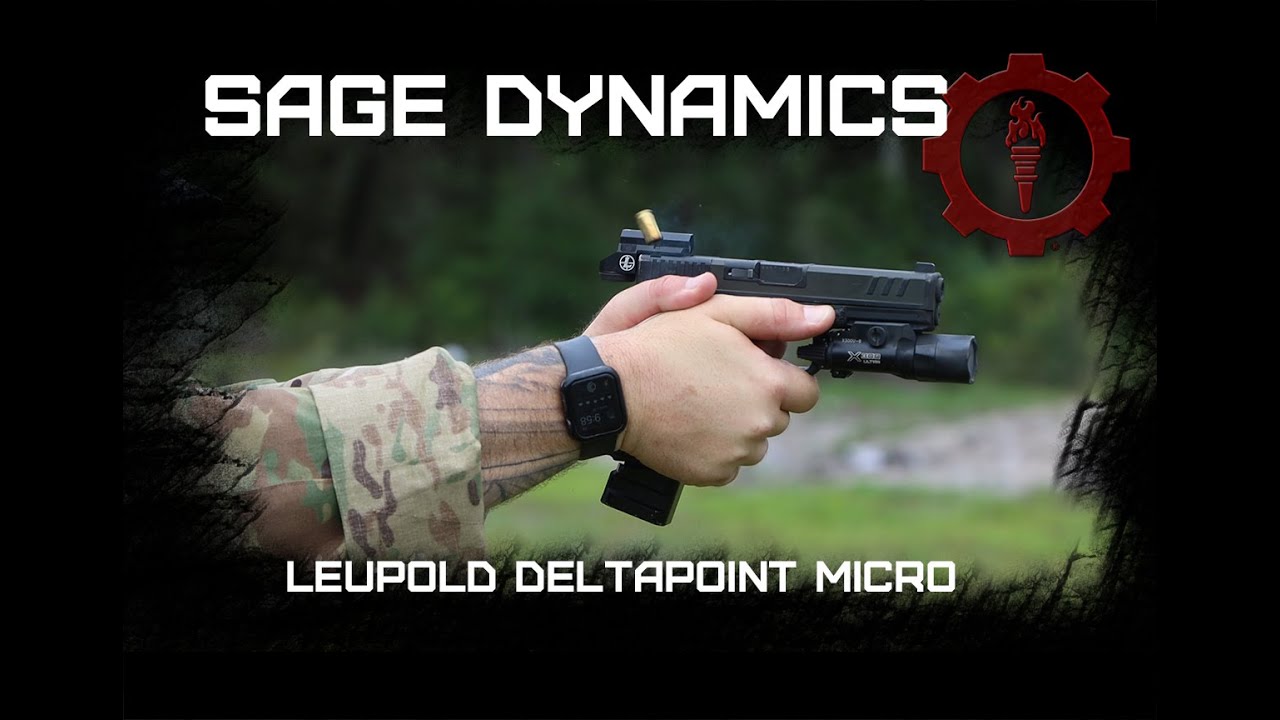
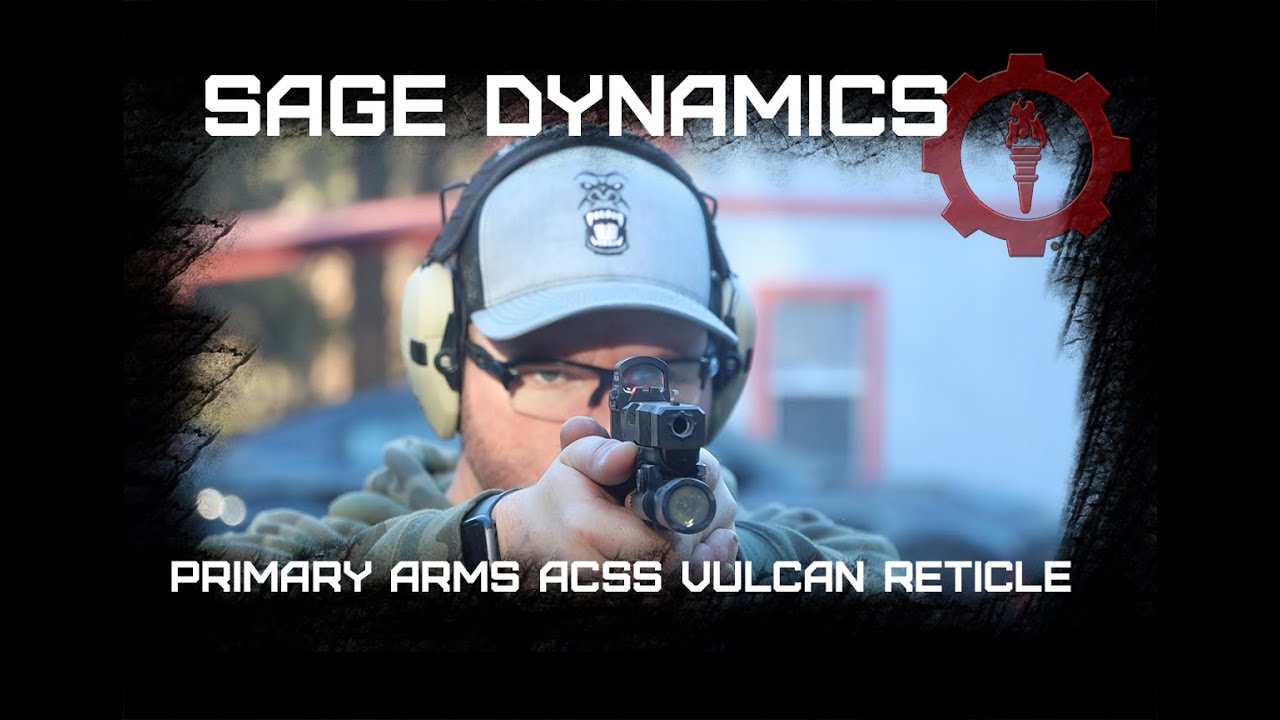

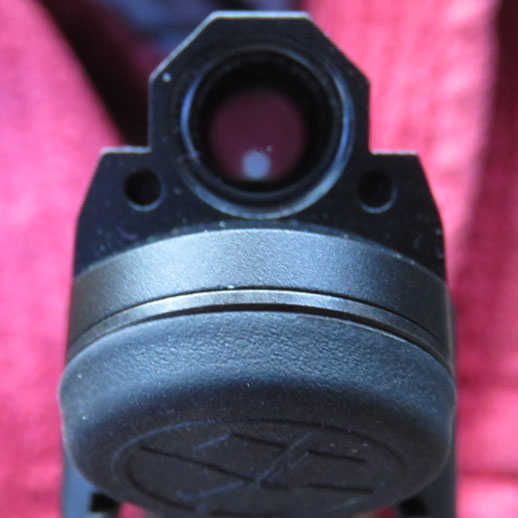

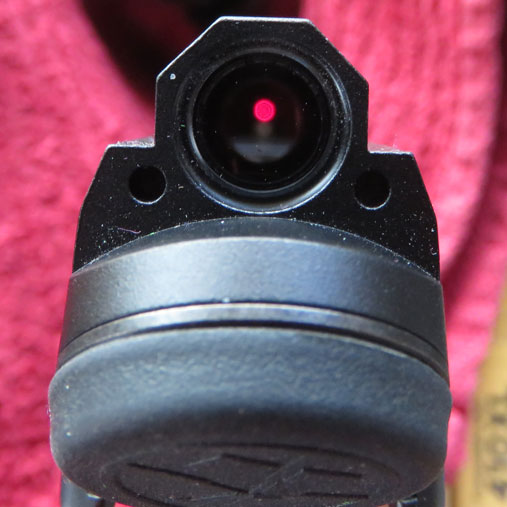
 I can’t change the relationship between the front sight post, the rear sight ring, and the bore axis by wishful thinking and moving the red dot around.
I can’t change the relationship between the front sight post, the rear sight ring, and the bore axis by wishful thinking and moving the red dot around.